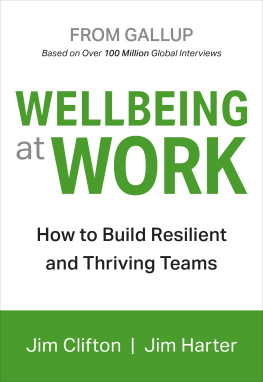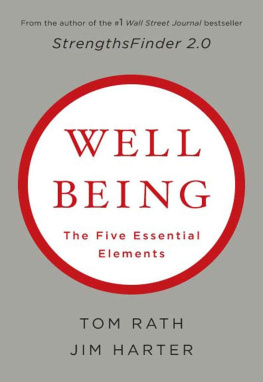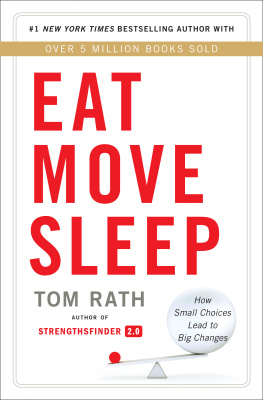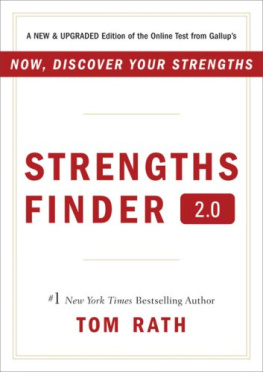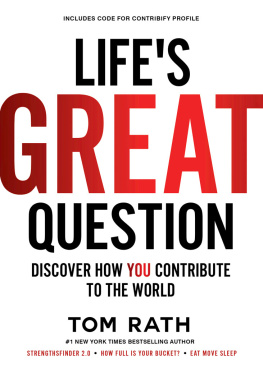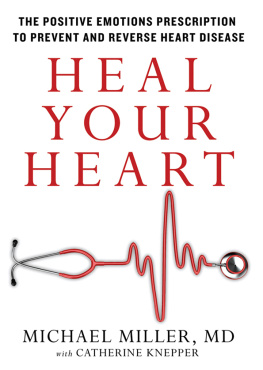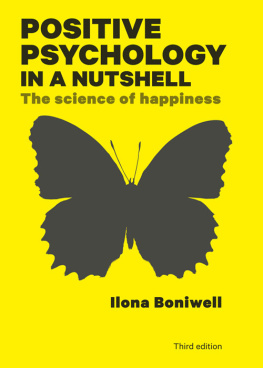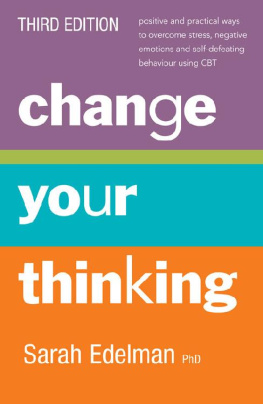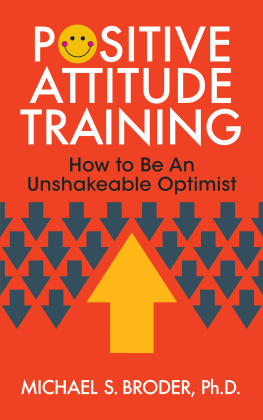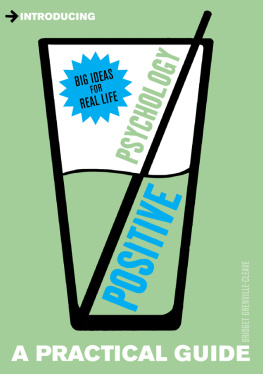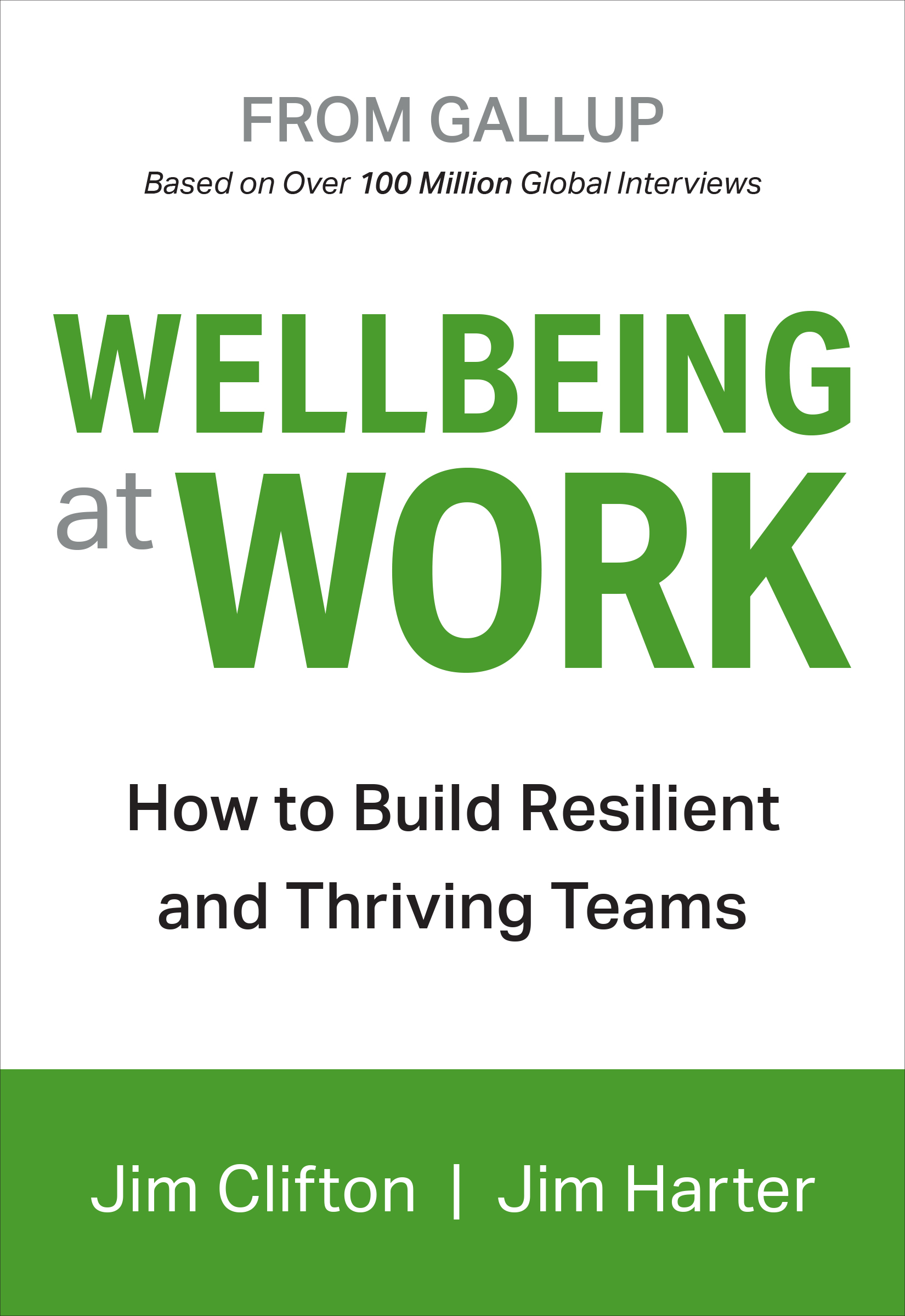Combining strengths and wellbeing at work is potentially the most transformational treatment yet in the urgent pursuit of resiliency, mental health and ultimately, net thriving.
Jim Harter, Ph.D.
Introduction:
The Mood of the World
What if the next global crisis is a mental health pandemic?
It is here now.
At this writing, the U.S. Census Bureau finds that a third of Americans are showing signs of clinical anxiety or depression. This is a huge jump from even before the COVID-19 pandemic. In a question about depressed mood, the percentage of Americans who reported symptoms doubled from 2014. Gallup also found historic increases in stress and worry across our U.S. sampling frames.
As anxiety and stress soar, so does hopelessness, too often followed by suicides including deaths of despair, a new designation made prominent by Princeton economists Anne Case and Nobel laureate Sir Angus Deaton.
Deaths of despair are suicides and deaths caused by fatal behaviors such as drug overdoses and liver failure from chronic alcohol consumption. They have increased dramatically since the mid-1990s, from about 65,000 in 1995 to 158,000 in 2018.
Think of deaths of despair as suicide in slow motion.
Gallup knows that a mental health pandemic can kill hundreds of thousands of citizens just as a coronavirus pandemic can.
In a 2020 worldwide survey, Gallup found that roughly seven in 10 people are struggling or suffering in their lives.
Besides destroying lives, suffering can destroy the human spirit that drives innovation, economic energy and eventually, good jobs. This is likely tied to declining economic dynamism. Global GDP per capita is slowing it has been for decades. And so far, it has been impossible to reverse.
Declining economic dynamism is the other global warming.
Gallup is taking on the mental health challenge, because solving any big, seemingly impossible problem starts with the question What can we measure?
Metrics That Help Leaders Run a Better World
There are measures such as the United Nations Sustainable Development Goals, which include the official statistics of worldwide poverty, pollution, hunger, modern slavery and disease. These widely recognized official statistics of the most serious conditions facing humankind that world leaders know as SDGs are mostly collected by governments, nongovernmental organizations and some by Gallup.
Gallup believes SDGs are a good thing that world leaders need, or they have no way of auditing societal progress. These metrics help leaders run a better world.
Environmental, Social and Governance (ESG) principles are another even newer set of measurables that associations such as the U.S. Business Roundtable and World Economic Forum are forming and agreeing on. And the Big Four accounting firms and large corporations are supporting these ESG standards. ESG principles are being built to help run better corporations.
Corporations are being asked to use ESG principles to expand their business purpose beyond shareholder return.
They are being asked to provide proof of a positive impact on the environment, as well as on the communities, customers and suppliers they engage. And they need to offer evidence that they operate with ethics and integrity (governance). These new requirements audit the character of an organization.
SDGs and ESG principles are good things. They demand more from leadership.
However, there are still no organizational benchmarks for the most critical issue of all the state of mental health and wellbeing. There are no formal agreed-upon metrics for the states of suffering, struggling and thriving.
There are still no official statistics for worldwide workplace wellbeing.
It is unlikely that you or other leaders have data on companywide wellbeing or resiliency or data on how many employees in your organization are filled with stress and will soon burn out versus how many experience high inspiration.
There are no official statistics for How are your employees making it through COVID-19 and a crashing economy?
We know the temperature of the Earth, we closely monitor the increments of rising seas and we know that the moon is more than 200,000 miles away but we have very few measurements on the mood of the world.
The best thing we have is crude global suicide data that offer some insights into suffering. The World Health Organization estimates country suicide rates, which gives us a general idea of the prevalence of this most tragic translation of life extreme emotional suffering. This is about as close as it gets.
What we need is a way to check in on all constituencies in all countries and organizations so we can ask, How is your life going?
When a CEO, prime minister, governor or mayor asks, What percentage of our people are suffering, struggling or thriving? just measuring and reporting the answers will change the world.
Gallup Net Thriving
Gallups goal is to discover and quantify the difference between the best possible life and the worst possible life.
The metric we used to report the best possible life is what we call net thriving. Gallup researchers and our external senior scientists refer to this metric as Gallup Net Thriving (GNT). We have been closely monitoring Gallup Net Thriving since 2005. GNT is the other GDP for countries or the other stock price for organizations.
Gallup Net Thriving (GNT) is derived from this extraordinarily simple two-part question:

The Cantril Self-Anchoring Striving Scale (ladder scale) was originated by pioneering social researcher Hadley Cantril in his 1965 book The Pattern of Human Concerns. George Gallup included the measure in his 1977 classic volume Human Needs and Satisfactions: A Global Survey, and it has been tracked in Gallups World Poll since 2005 in more than 160 countries, representing 98% of the worlds population.
Gallup recommends that every big and small organization in the world immediately adopt this metric to estimate and track GNT across their organizations and constituencies. Governments and NGOs are quickly adopting it now.
A GNT annual benchmark report is Gallups 100-year gift to the world. For the next 100 years, Gallup will provide an annual State of Net Thriving. This report will give you and the world a common metric and a common language to benchmark and share best practices.
Net thriving teams build new businesses and customers. They build cities and neighborhoods. They build parks and childrens museums. They build friends and families. They build better governments. They get up in the morning and build things all day.

